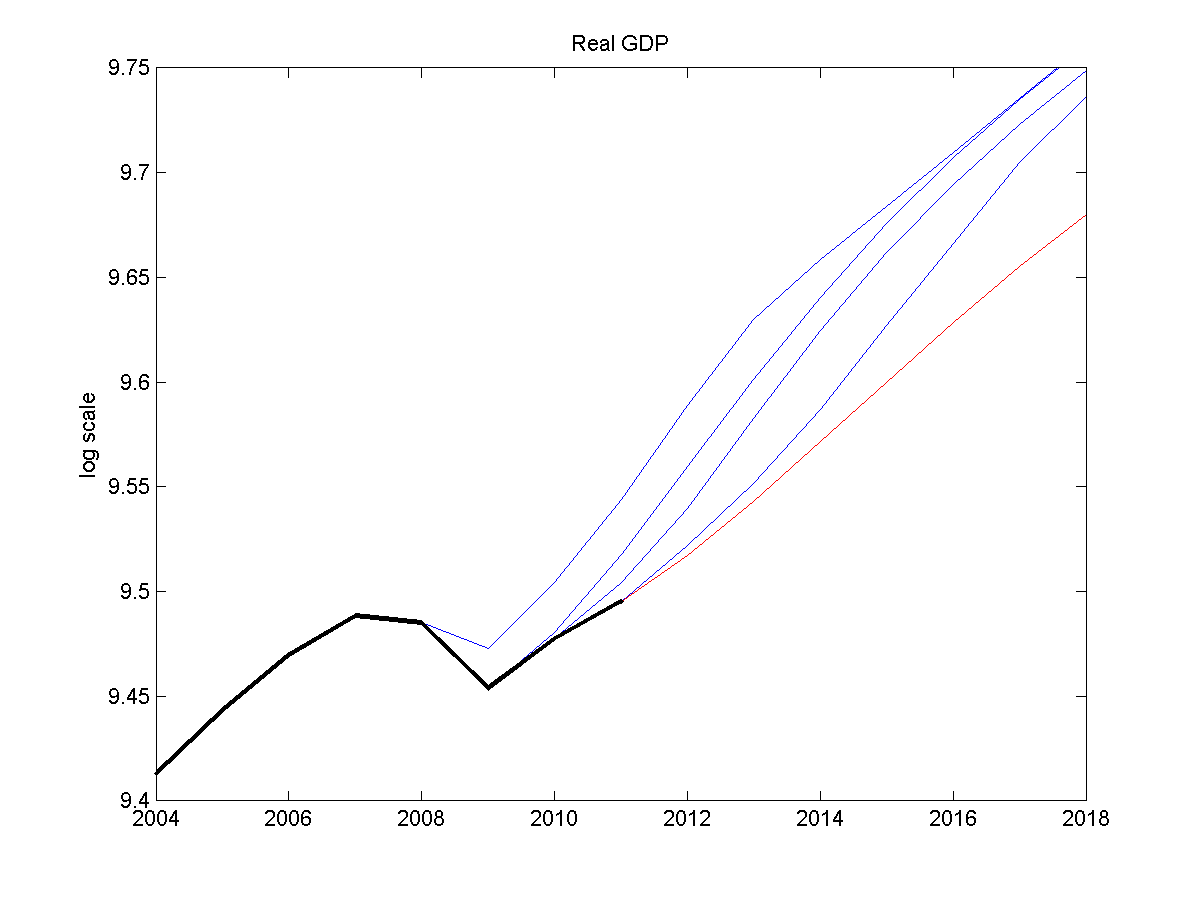As Economists Predict Slow Recovery, it’s crucial to understand the factors influencing this outlook. In a world recovering from recent economic disruptions, experts are weighing the implications of sluggish growth on various sectors. This article delves into the analysis behind these predictions and what they could mean for businesses and individuals alike.
The slow recovery forecast is influenced by multiple factors, including inflation rates, employment trends, and ongoing global supply chain challenges. Economists are evaluating previous economic data and current market conditions to paint a comprehensive picture of what the future may hold.
In today’s fast-paced world, the need for effective communication has never been more crucial. Whether you’re crafting an email for a colleague, writing a report for your boss, or drafting a proposal for potential clients, the ability to convey your thoughts clearly and professionally can significantly impact your success. This article will delve into the essentials of effective communication, particularly in a professional setting, and provide practical tips to enhance your skills.
The Importance of Effective CommunicationEffective communication is the cornerstone of any successful organization. It fosters transparency, encourages collaboration, and enhances productivity. When individuals communicate well, misunderstandings are minimized, and goals are more easily achieved. Moreover, effective communication can lead to stronger relationships among team members, resulting in a more cohesive work environment. In contrast, poor communication can lead to confusion, conflict, and decreased morale.
It can result in missed deadlines, wasted resources, and ultimately, a decline in productivity. Therefore, honing your communication skills is not just beneficial but essential for personal and professional growth. Understanding Your AudienceOne of the first steps towards effective communication is understanding your audience. Every group has different needs, preferences, and expectations. Tailoring your message to meet these needs can greatly enhance your effectiveness.
Here are a few tips to consider:
1. Know Your Audience
Before you communicate, consider who will be receiving your message. Are they your colleagues, superiors, or clients? What is their level of expertise on the topic? Understanding your audience will help you choose the right tone, language, and depth of information to use.
2. Consider Their Perspective
Think about how your message will be received. What are their concerns or interests? By addressing these factors, you can engage your audience more effectively and make your communication more relevant.
3. Use Appropriate Language
The choice of words can make a significant difference in how your message is perceived. For instance, using jargon in a presentation meant for clients who are unfamiliar with the terminology may lead to confusion. Always opt for clear and concise language that your audience can easily understand. Clarity and ConcisenessClarity and conciseness are key components of effective communication. Here are some strategies to enhance these aspects:
1. Be Direct
Get to the point quickly. Avoid long-winded explanations that may dilute your message. A well-structured argument or proposal should cover the main points succinctly while providing enough detail to support your claims.
2. Organize Your Thoughts
Before communicating, take the time to organize your thoughts. Creating an Artikel can help you present your ideas logically. Start with your main point, followed by supporting details, and conclude with a summary or call to action.
3. Edit Ruthlessly
Whether you are writing an email or a report, take the time to revise your work. Eliminate unnecessary words, phrases, or ideas that do not contribute to your main message. This not only makes your communication clearer but also demonstrates professionalism. Non-Verbal CommunicationWhile verbal and written communication are essential, non-verbal communication plays a crucial role as well. Body language, tone of voice, and facial expressions can all influence how your message is received.
Here are some tips to ensure your non-verbal cues align with your message:
1. Maintain Eye Contact

Eye contact demonstrates confidence and engages your audience. It shows that you are attentive and interested in the conversation.
2. Be Mindful of Your Body Language
Your posture and movements can convey a lot about your feelings and intentions. Open body language, such as uncrossed arms and a relaxed stance, can make you appear more approachable.
3. Pay Attention to Tone
The way you say something can be just as important as what you say. A warm, friendly tone can make your message more inviting, while a monotone or harsh voice may create disinterest or defensiveness. Active ListeningActive listening is a critical component of effective communication, often overlooked. It involves fully concentrating on what is being said rather than merely hearing the words.
Here are some techniques to improve your active listening skills:
1. Give Full Attention
Avoid distractions during conversations. Put away your phone and focus on the speaker. This shows respect and enhances understanding.
2. Provide Feedback
Acknowledge what the speaker is saying by nodding or using verbal affirmations like “I see” or “That makes sense.” This indicates that you are engaged and valuing their input.
3. Ask Clarifying Questions
If you do not understand something, don’t hesitate to ask for clarification. This not only helps you comprehend the message better but also demonstrates your interest in the discussion. The Role of Empathy in CommunicationEmpathy is essential for effective communication, particularly in a diverse workplace. Understanding and acknowledging the feelings and perspectives of others can foster stronger relationships and promote collaboration. Here’s how to infuse empathy into your communication:
1. Acknowledge Emotions
If someone expresses frustration or concern, acknowledge their feelings. A simple statement like, “I understand this situation is challenging” can go a long way in building rapport.
2. Be Open-Minded
Different people have different experiences and viewpoints. Approach conversations with an open mind, ready to learn from others’ perspectives.
3. Encourage a Safe Environment
Create a workplace culture where individuals feel comfortable expressing their thoughts and feelings. This encourages open dialogue and enhances team cohesion. Utilizing Technology for CommunicationIn today’s digital age, technology plays a significant role in how we communicate. Email, instant messaging, and video conferencing have transformed the way we interact. Here are some tips for effective communication using technology:
1. Choose the Right Medium
Not all messages are best delivered via email. For sensitive topics, consider a phone call or face-to-face meeting. For quick updates, instant messaging may be more appropriate.
2. Be Mindful of Tone in Written Communication
Without non-verbal cues, it’s easy for written communication to be misinterpreted. Use clear language and consider adding a friendly tone through emojis or exclamation points when appropriate.
3. Follow Up
After important discussions, especially those held over video calls or emails, send a follow-up message summarizing the key points. This reinforces understanding and ensures everyone is on the same page. Continuous ImprovementEffective communication is a skill that can always be improved. Here are some ways to enhance your abilities over time:
1. Seek Feedback
Don’t hesitate to ask for feedback from colleagues and superiors on your communication style. Constructive criticism can provide valuable insights for improvement.
2. Practice Regularly
Like any skill, the more you practice, the better you will become. Engage in conversations, give presentations, and write regularly. Over time, you’ll notice significant improvements.
3. Learn from Others
Observe effective communicators in your workplace or through media. Identify techniques they use and incorporate them into your style.In conclusion, effective communication is a vital skill in any professional environment. By understanding your audience, being clear and concise, utilizing non-verbal cues, practicing active listening, demonstrating empathy, and leveraging technology, you can enhance your communication abilities. Remember, this is an ongoing journey, and with dedication and practice, you can become a more effective communicator in your personal and professional life.
FAQ Explained: Economists Predict Slow Recovery
What factors are contributing to the slow recovery?
Key factors include high inflation, labor market challenges, and ongoing supply chain disruptions.
How do economists assess recovery predictions?
Economists analyze historical data, current economic indicators, and market trends to make informed predictions.
What sectors are most affected by the slow recovery?
Sectors like retail, travel, and manufacturing are particularly sensitive to economic fluctuations.
Will government policies impact the recovery speed?
Yes, government fiscal and monetary policies can significantly influence recovery rates by stimulating or slowing down economic activity.
How can individuals prepare for a slow recovery?
Individuals can focus on building savings, diversifying investments, and staying informed about economic trends.







